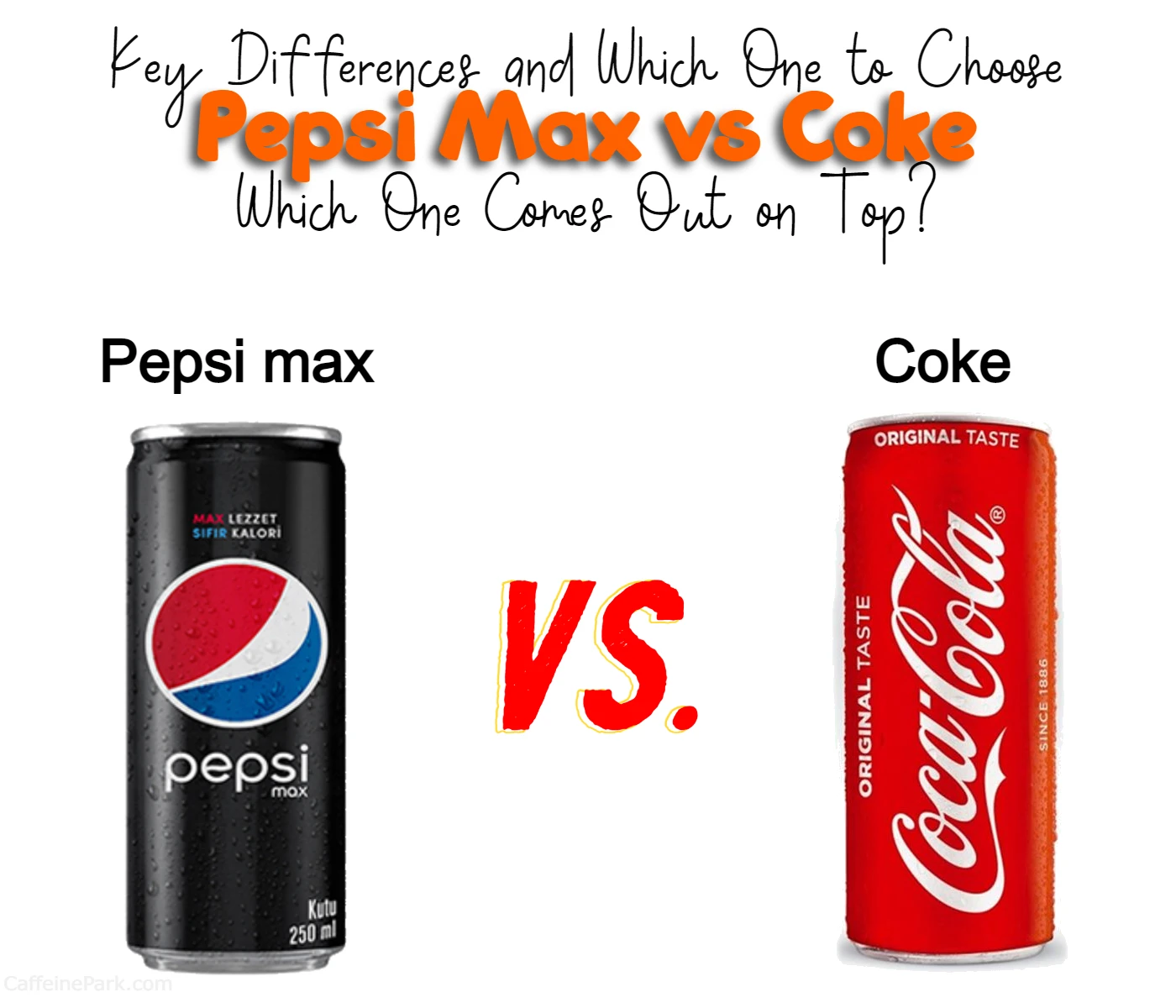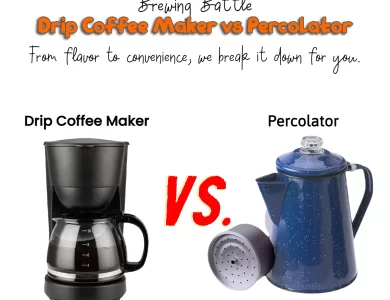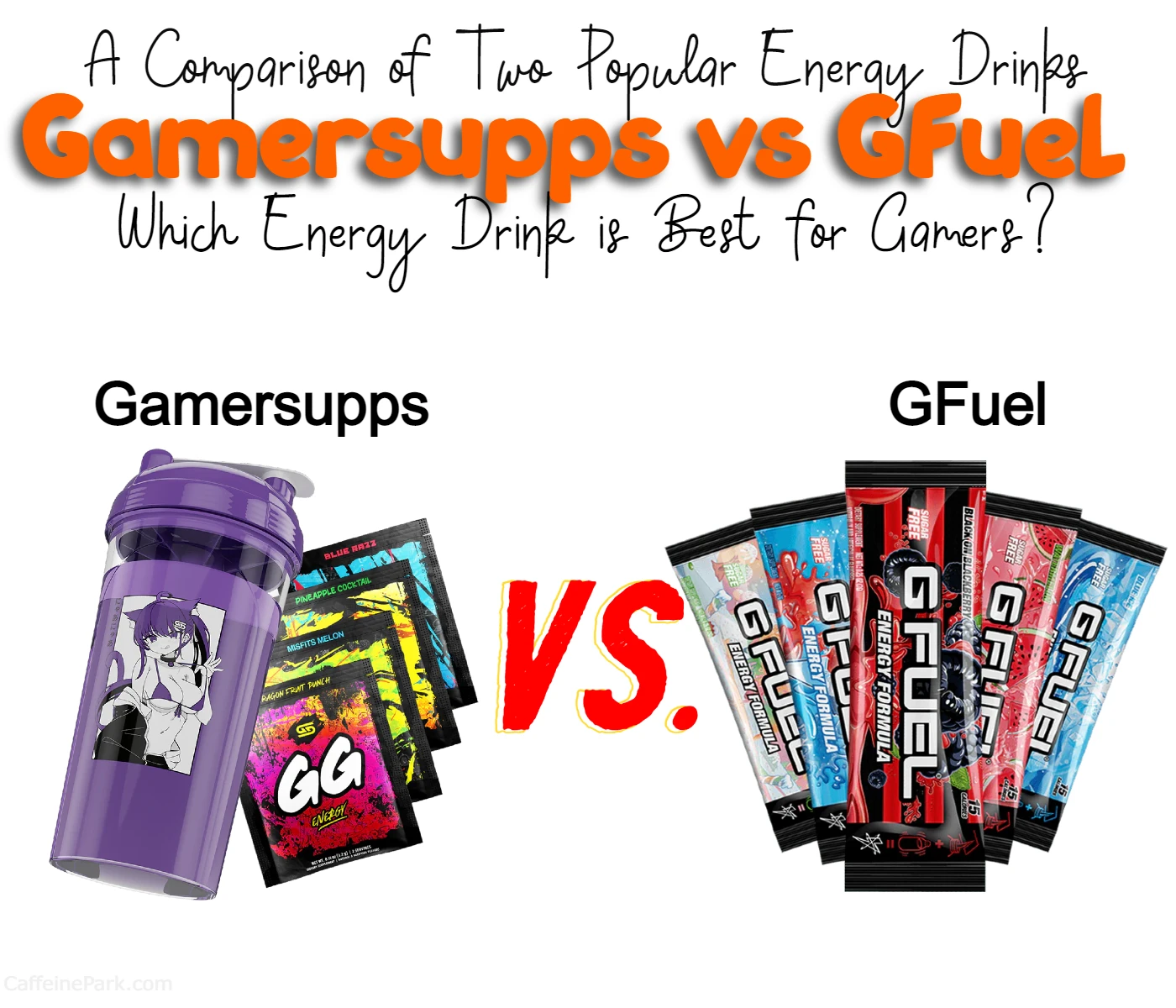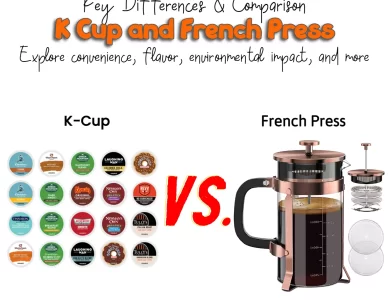Pepsi Max vs Coke

Hello and welcome to my blog on the difference between Pepsi Max and Coke! If you’re a fan of carbonated soft drinks, you’ve probably had both of these iconic drinks at some point in your life. While they may seem similar at first glance, there are actually some key differences between the two that might make you prefer one over the other.
In this blog, I’ll be exploring the taste, nutritional content, caffeine content, packaging and branding, marketing, availability, and pricing of Pepsi Max and Coke. By the end of this article, you’ll have a better understanding of what sets these two drinks apart and which one might be the best choice for you.
So, whether you’re a Coke loyalist or a Pepsi Max enthusiast, read on to learn more about these two carbonated soft drinks and find out which one comes out on top. Don’t forget to read to the end of the blog for my final thoughts and recommendations!
Here’s a quick chart highlighting some of the key differences between Pepsi Max and Coke:
| Pepsi Max | Coke | |
|---|---|---|
| Taste | Citrusy with a sweet flavor | Classic with a hint of vanilla |
| Calories per can/bottle | 1 | 140-150 |
| Caffeine per 12oz serving | 69mg | 34mg |
| Packaging/Branding | Black can with Pepsi logo | Red can with Coca-Cola logo |
| Marketing | Emphasizes low-calorie content and more caffeine | Emphasizes classic taste and nostalgia |
| Availability | Widely available in most countries | Widely available in most countries |
| Price | Similarly priced | Similarly priced |
Keep in mind that these are just a few of the many differences between Pepsi Max and Coke. Your personal taste preferences, nutritional needs, and other factors may influence which one you prefer.
Differences Between Pepsi Max and Coke
Pepsi Max and Coke are two of the most popular carbonated soft drinks in the world. Both of these drinks have been around for many years, and they are enjoyed by millions of people every day. They are similar in many ways, but they also have some key differences that set them apart. In this article, we’ll take a closer look at Pepsi Max and Coke and explore what makes them unique.
History of Pepsi Max and Coke
Before we dive into the differences between Pepsi Max and Coke, let’s take a quick look at their histories.
Coke was first introduced in 1886 by a pharmacist named John Pemberton. The original recipe was created as a medicinal beverage, and it contained cocaine (hence the name “Coke”). However, in 1903, cocaine was removed from the recipe, and the drink became what we know today as Coca-Cola.
Pepsi was introduced in 1898 by Caleb Bradham, a pharmacist from North Carolina. The drink was initially called “Brad’s Drink,” but it was later renamed to Pepsi-Cola in 1903. Pepsi has gone through a number of ownership changes and marketing campaigns over the years, but it remains a popular soft drink to this day.
Pepsi Max was first introduced in the United Kingdom in 1993, and it was later released in other countries around the world. The drink is marketed as a low-calorie alternative to regular Pepsi, with zero sugar and zero calories.
Coca-Cola Zero, which was later rebranded as Coca-Cola Zero Sugar, was first introduced in 2005 as a low-calorie alternative to regular Coke. Like Pepsi Max, it is marketed as having zero sugar and zero calories.
Taste Differences Between Pepsi Max and Coke
One of the biggest differences between Pepsi Max and Coke is the taste. While both drinks are cola-flavored, they have slightly different flavor profiles.
Coke has a distinctive caramel flavor with a hint of vanilla. It also has a slightly sweeter taste than Pepsi Max, which has a more citrusy flavor profile. Pepsi Max is also slightly less carbonated than Coke, which can make it feel slightly smoother on the tongue.
Overall, the taste is a matter of personal preference, so you may prefer the taste of one over the other.
Nutritional Differences Between Pepsi Max and Coke
Another important difference between Pepsi Max and Coke is their nutritional profiles. Both drinks are marketed as low-calorie alternatives to regular soda, but they have slightly different nutritional values.
Pepsi Max contains zero sugar and zero calories per serving. It also contains no fat, protein, or fiber.
Coca-Cola Zero Sugar also contains zero sugar and zero calories per serving. However, it contains 40 milligrams of sodium, which is 2% of the recommended daily value. It also contains no fat, protein, or fiber.
Overall, both drinks are low in calories and sugar, but if you’re watching your sodium intake, Pepsi Max may be the better choice.
Caffeine Content of Pepsi Max and Coke
Pepsi Max and Coke both contain caffeine, which is a stimulant that can help increase alertness and reduce fatigue. However, they have slightly different caffeine content.
A 12-ounce can of Coke contains 34 milligrams of caffeine, while a 12-ounce can of Pepsi Max contains 69 milligrams of caffeine. This means that Pepsi Max has almost twice as much caffeine as Coke.
If you’re sensitive to caffeine or trying to limit your intake, you may want to choose Coke over Pepsi Max. On the other hand, if you’re looking for an extra boost of energy, Pepsi Max may be the better choice for you.
Packaging and Branding Differences
Another way in which Pepsi Max and Coke differ is in their packaging and branding. While both drinks come in similar-sized cans and bottles, their branding is quite different.
Coke is known for its iconic red and white branding, with the distinctive Coca-Cola logo displayed prominently on the label. In contrast, Pepsi Max has a sleeker, more modern design, with a predominantly black label and the Pepsi logo displayed prominently.
In terms of packaging, Coke is often sold in glass bottles and aluminum cans, while Pepsi Max is more commonly sold in plastic bottles and cans.
Marketing Differences
The way in which Pepsi Max and Coke are marketed also differs. Coke has long been known for its memorable advertising campaigns, such as the iconic “Share a Coke” campaign, which encouraged consumers to personalize Coke bottles with their own names.
Pepsi Max, on the other hand, has marketed itself as a drink for those who want to “maximize” their experience, whether that means maximizing their taste, energy, or fun.
Availability and Pricing
Finally, Pepsi Max and Coke differ in their availability and pricing. While both drinks are widely available in most countries, there are some places where one drink may be more popular than the other.
In terms of pricing, the cost of Coke and Pepsi Max can vary depending on where you live and where you buy them. In general, however, they are both similarly priced and are often sold for around the same price per can or bottle.
Conclusion: Pepsi Max vs Coke
In conclusion, Pepsi Max and Coke are two popular carbonated soft drinks that have some key differences in taste, nutritional content, caffeine content, packaging and branding, marketing, availability, and pricing. Ultimately, which drink you prefer will depend on your personal preferences and needs.
Whether you’re a die-hard Coke fan or you prefer the citrusy taste of Pepsi Max, both drinks can be enjoyed as a refreshing treat on a hot day or as a pick-me-up when you need an extra boost of energy.
FAQs
Pepsi Max has a citrusy taste with a slightly sweeter flavor, while Coke has a classic taste with a hint of vanilla. Ultimately, which one you prefer will depend on your personal taste preferences.
Pepsi Max has fewer calories than Coke, with only 1 calorie per can or bottle compared to Coke’s 140-150 calories per can or bottle.
Pepsi Max has slightly more caffeine than Coke, with 69mg of caffeine per 12oz serving compared to Coke’s 34mg per 12oz serving.
Both drinks are widely available in most countries, but there may be some places where one drink is more popular or easier to find than the other.
The cost of Pepsi Max and Coke can vary depending on where you live and where you buy it. In general, however, they are both similarly priced and are often sold for around the same price per can or bottle.
Read More:





